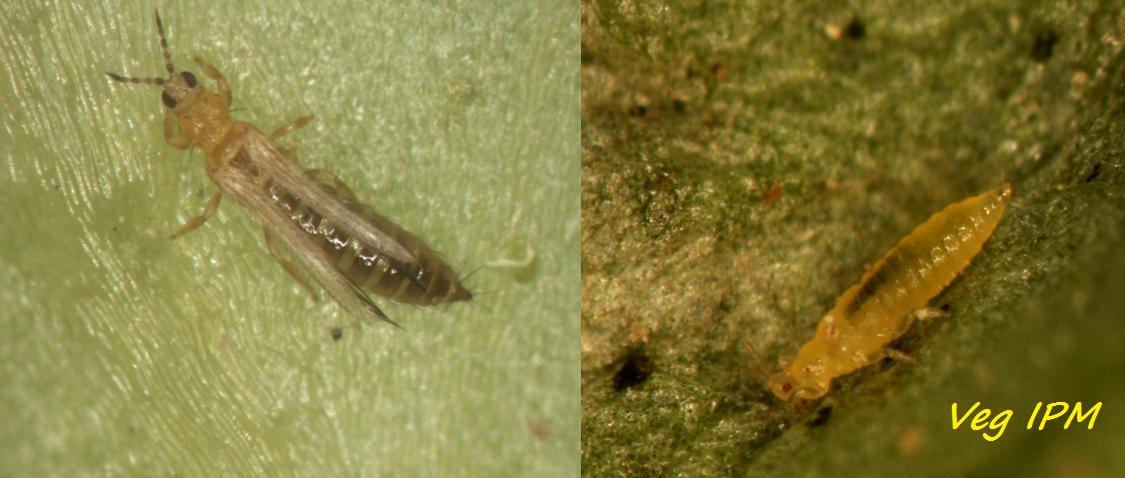 |
|
|
|

|
|||
| |
|||
The NOAA's Climate Prediction Center predicts for the second winter in a row, that a moderate to strong La Niņa will be the dominant climate factor influencing weather in Arizona and California this winter. This suggests that our local weather should be warmer and drier than average from December through February. So what impact will this have on insect pests normally found on leafy vegetables and melons this winter? Not real certain since predicting insect abundance is like predicting the weather. However, like the NOAA, we have collected data over the years that suggests that aphid pressure on lettuce is historically lighter during growing seasons when rainfall amounts are low (<0.25 inches). Similarly, seed corn maggot infestations are generally less severe under warm and dry growing conditions during the winter. In contrast, western flower thrips abundance has historically been higher under warm and dry weather conditions. For instance, in 2010 (Jan-Mar) we received over 4 inches of rain in the Yuma Valley and thrips numbers were very low in our research trials, whereas seed corn maggots were quite damaging in a number of crops that spring. Thus, if one chooses to rely on the La Nina predictions, one might assume that aphid and seed corn maggot pressure will be lighter, and thrips numbers much heavier this winter and spring. But keep in mind there are a number of other abiotic and biotic factors that also influence insect abundance. So to be on the safe side - "When in doubt, scout". Thrips adult and larva To contact John Palumbo go to: jpalumbo@ag.arizona.edu
|
|||
| Back | |||
For questions or comments on any of the topics please contact Marco Pena at the Yuma Agricultural Center. |
|||
| Home | Cotton
| Veggies | Forages
| Grains | Citrus
| Crop x Crop Insects | Diseases| Weeds | Pesticides | Economics | News | Weather | Research | Photos | Contacts | General Info. Copyright © 2001 University of Arizona, College of Agriculture and Life Sciences Webmaster: Al Fournier (acis@ag.arizona.edu) |
|||
